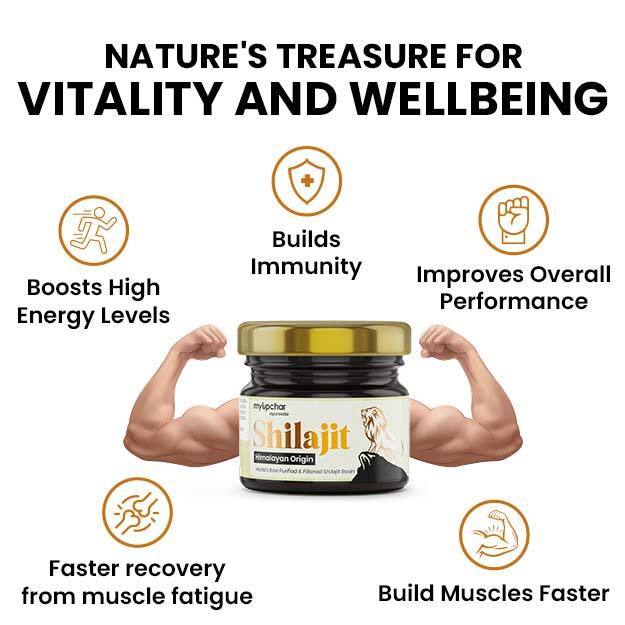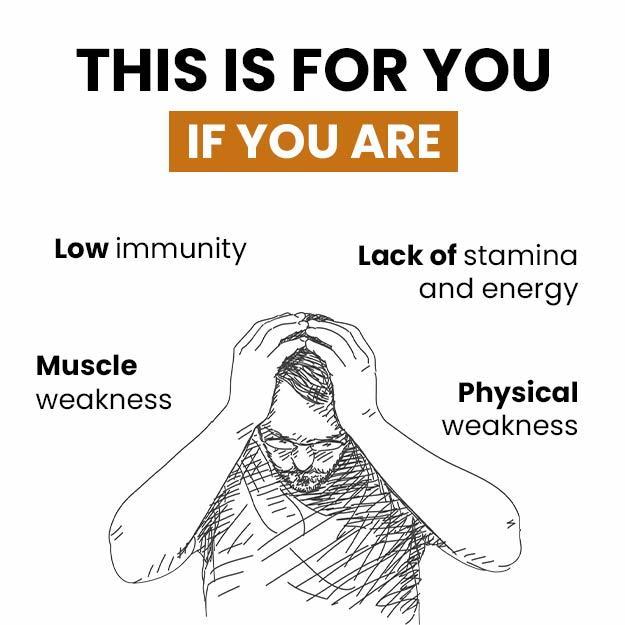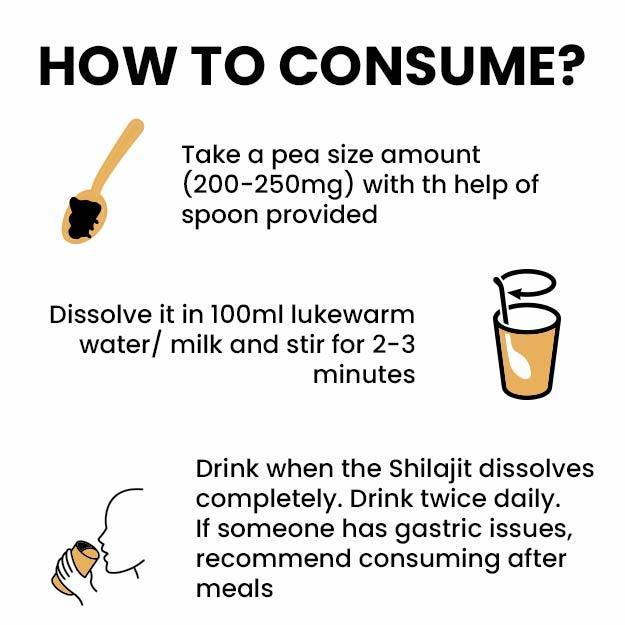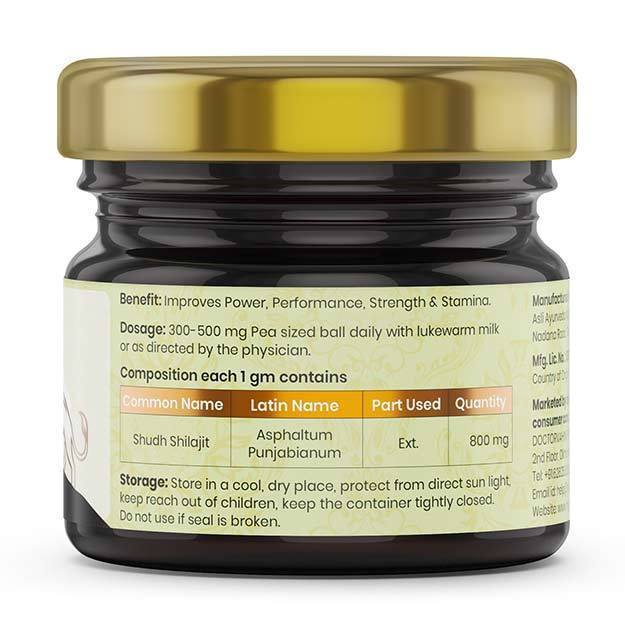Running can divide opinions: while some people swear by the joys of running and can’t wait to wake up before sunrise and breathe in the cool morning air, others prefer to limit their cardiovascular activities to 10-20 minutes on the treadmill before or after a workout in the gym. Yet another set of people prefer to avoid running altogether - if they can help it.
Just like any other exercise, running also helps the body release endorphins that are responsible for producing feelings of positivity and happiness.
If you have ever run long-distance, you would be aware of the feeling of wanting to stop because you feel like dropping down right where you are in exhaustion. Hold out just a bit longer and that feeling goes away; your body fights through that barrier and takes you over the finish line. It is what has colloquially come to be known as runner’s high.
Recent studies, however, have proposed other theories as well, suggesting that various neurotransmitters - yes, endorphins included - are responsible for producing runner’s high.
- What happens to the body during runner's high
- Who can experience runner’s high
- Tips to experience runner’s high
- Takeaways for runner’s high
What happens to the body during runner's high
Runner’s high is typically experienced by people who run long distance - like marathon runners who run 42.195 kilometres in each race. There are many chemical changes that happen in the body to produce runners' high. Here's a glimpse:
1) Release of endorphins
A 2008 study carried out by German researchers found that in distance runners, the prefrontal and limbic areas of the brain released higher levels of endorphins. These are the same parts of the brain that are stimulated when we feel emotions such as love. Endorphins work in a similar way to opioids: they stimulate feelings of euphoria and relieve pain.
Studies, however, also suggest that there is a delicate balance to be maintained in order to experience runner's high: running too little wouldn’t make any significant changes to your brain function. On the other hand, exhausting yourself with too intense a workout leaves you without any positive changes or feelings.
While earlier theories suggested that the endorphins rush to the brain was the cause for runner’s high, recent studies also show that the chemical is released directly into the muscles and this is responsible for the reduction in pain while running.
2) Anandamide production
The positive feeling you experience after exercise is also due to a chemical called anandamide which is released in the body. According to a 2015 study published in the Proceedings of the National Academy of Sciences of the USA (PNAS, a peer-reviewed journal), research conducted on mice suggested that it triggers the sensations of runner’s high. Anandamide is a type of endocannabinoid, the chemical responsible for the feel-good effects of marijuana in the brain.
3) Dopamine, the happiness hormone
Another study performed by the University of Montreal in 2015 showed that dopamine, another neurotransmitter responsible for sparking motivation, is the reason behind an individual experiencing runner's high.
Besides the known physical effects of exercise, running or exercising has several benefits towards a person’s mental health as well:
- Improves sleep
- Reduces stress
- Counters or manages depression and anxiety
- Improves memory
- Slows down ageing
Who can experience runner’s high
While runner's high gets its name from the practice or sport of running, the feeling is not limited to runners alone. According to scientists, any repetitive movement done over a long period of time and at a moderate level of intensity - in theory - is good enough to produce runner’s high.
Besides running a half or a full marathon, activities like high-intensity interval training (HIIT), circuit training without periods of rest in-between, other endurance activities such as swimming, cycling or even rowing on the machine available at the gym, are all examples of repetitive movements that can trigger runner’s high.
Tips to experience runner’s high
While there is no set path to attaining runner’s high, regularly practising the repetitive movements you can perform will help you move closer to this target. The key is to achieve a level of performance beyond the pain and fatigue barrier in training. A simple training routine to build your endurance is a good start. Here's how to do it:
- One doesn’t become a marathon runner overnight. Hence, it is important to build endurance gradually by increasing the duration of your runs. Begin with 10-20 minutes of running, and increase the time for which you run every fortnight while maintaining the intensity and speed.
- In addition to increasing your training time, make sure to eat the right diet. Eating the right foods and the right amount is key to ensuring that you do not tire early.
- Switch your training methods by mixing up running with high-intensity workouts like Crossfit, weight training (with exercises like deadlifts and kettlebell squats) or circuit training (a collection of exercises done repeatedly) or playing various sports. Mixing up short and hard runs over the course of a week is also a good strategy to build endurance.
- Overtraining or chasing targets can adversely affect your running programme. Ensure that you’re not just chasing the feeling of runner’s high. Instead, push towards smaller goals in order to avoid running injuries.
- Don’t be in a rush to achieve your goals. There will be times when your body will cross the pain barrier, but on other occasions, it will not. It is also important to get an adequate amount of rest during an intense week of running.
- Do not rest immediately after you have returned from a run. Performing cooling down exercises, stretching the muscles or even performing daily routines at a slow intensity for at least one hour is beneficial to restore muscle function. Resting immediately after a long run can cause delayed onset muscle soreness (DOMS).
- It is crucial to stay hydrated throughout the day to be able to execute your running routine effectively. Feeling thirsty while running is a natural phenomenon, but keeping yourself hydrated while at work or otherwise is equally essential to ensure that you do not suffer from muscle cramps or muscle soreness during or after a run.
Additionally, a study published in Medicine & Science in Sports & Exercise found a connection between diet and runners’ high. Those who successfully achieved the high ate about an hour prior to setting off on their respective runs. Those who ate four hours before their run did not achieve a similar state of runner’s high.
Takeaways for runner’s high
Runner’s high is a unique phenomenon experienced by endurance athletes or those who indulge in sports that involve long periods of physical activity. A state of mind that allows an athlete to power through the pain barrier or fatigue, runner’s high propels individuals towards higher levels of performance.
While there aren’t any set guidelines to achieve such a euphoric state, here's what can help:
- A dedicated practice routine.
- Staying motivated and hydrated - not just while running, but throughout the day.
- Pushing yourself to give your best without overexerting yourself.
All these are of course the key to achieving improved performance. In addition, when you do manage to get the right combination of these factors, you might just experience the runner’s high - the feeling that keeps many marathoners going back for more runs year after year.
Find Sports Medicine Physician in cities
References
- Hicks SD et al. The Transcriptional Signature of a Runner's High. Medicine and Science in Sports and Exercise. 2019 May;51(5):970-978. PMID: 30557194.
- Harber VJ and Sutton JR. Endorphins and exercise. Sports Med. 1984 Mar-Apr;1(2):154-71. PMID: 6091217.
- Fuss, J et al. A runner’s high depends on cannabinoid receptors in mice. PNAS. 2015 Oct; 112(42): 13105-13108.
- Stoll, O. Peak Performance, the Runner’s High and Flow. APA Handbook of Sports and Exercise Psychology. 2018 Nov; 2(23).
- Fernandes, MFA et al. Leptin Suppresses the Rewarding Effects of Running via STAT3 Signaling in Dopamine Neurons. Cell Metabolism. 2015 Oct; 22(4): 741-749.
- Boecker H et al. The runner's high: opioidergic mechanisms in the human brain. Cerebral Cortex. 2008 Nov;18(11):2523-31. PMID: 18296435.
- Johns Hopkins Medicine [Internet]. The Johns Hopkins University, The Johns Hopkins Hospital, and Johns Hopkins Health System; The Truth Behind ‘Runner’s High’ and Other Mental Benefits of Running.






















